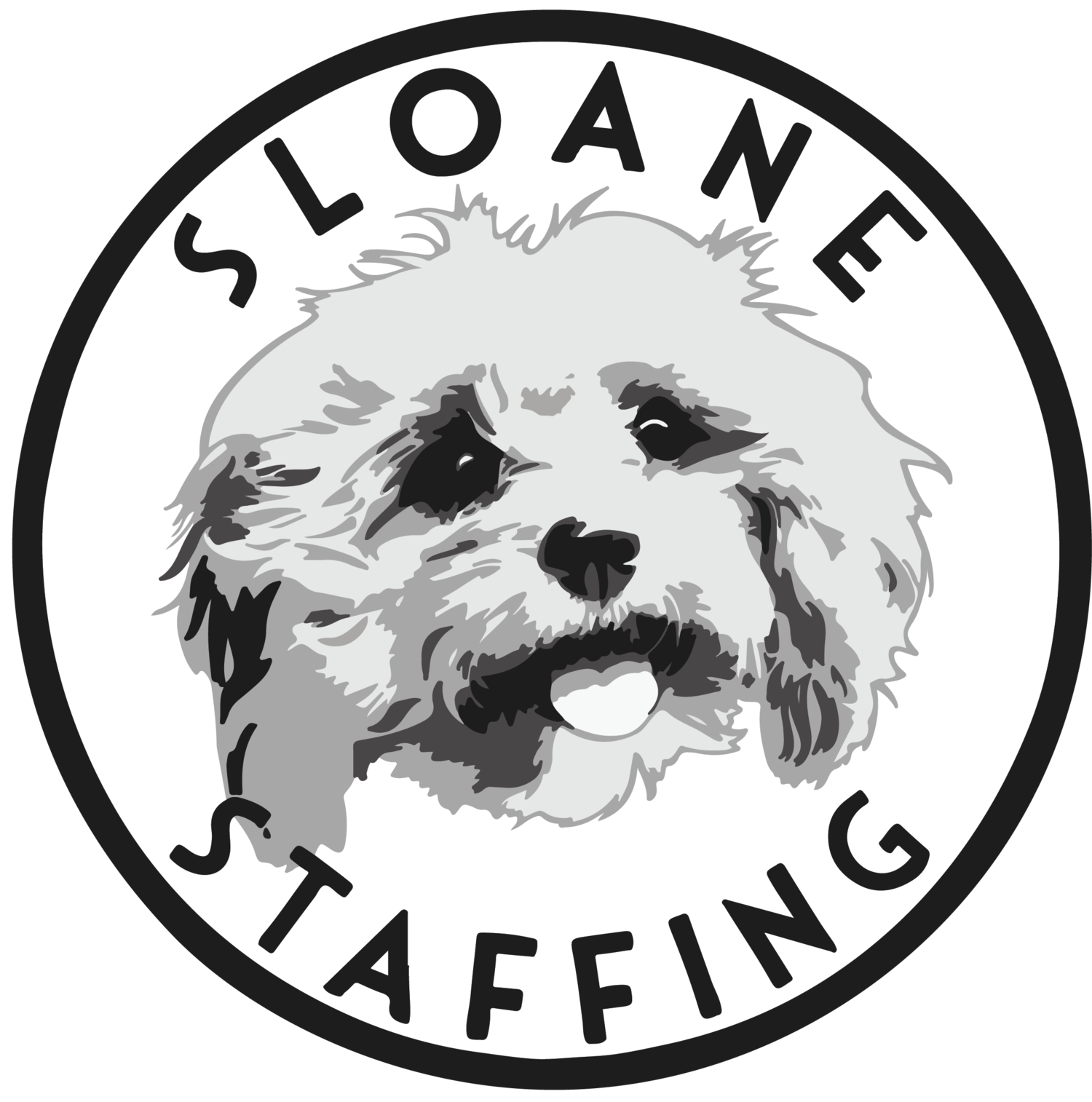Five Martech Tools Every Marketing Team Needs
Whether you’re a startup with a diamond idea and a growing audience, or an enterprise firm stocked high with legacy customers and market placement, the innovative world of marketing technology continues to adapt at a blistering pace: having the wherewithal to include them in your marketing stack is vital for future-proofing your company.
MarTech is worth $121.5 billion a year, with over 8 thousand solutions available on the market. As the world moves increasingly digital and IoT and edge tech becomes more ubiquitous to users around the world, the scope for MarTech expansion is staggering. In 2019, 29% of marketing budgets were spent on MarTech. 68% of CMO’s in a Gartner poll said they were planning on expanding this in 2021.
Keeping abreast of changing trends and new products is part and parcel of any executive marketing team looking to improve their marketing efforts. So what are the newest, most innovative and market-driving tools currently available in the MarTech field, and which MarTech professional will benefit the most from its use?
The Rise Of The CMP (Content Marketing Platform)
CMP in its simplest format is automated digital advertisement, but new MarTech players are using these platforms as creative “hubs” for all marketing outreach. It makes roll out more efficient and data gathering much more efficient.
However, marketing is increasingly expanding into a wider set of content mediums - from podcasts to virtual events to whitepapers - and marketers need to be able to administer to this disparate grouping of content pieces with ease and efficiency while also being able to gather key readership data for further campaigns. It melds creative input and outreach under one roof.
Companies such as Smartly.io and Celtra are both established CMP platforms, but Google’s own Marketing Platform breaks down the benefits of such a system.
Who needs to take notice: Everyone! From CMO’s to freelance creatives jumping in on some projects, your CMP needs to be well represented and your team needs to be well versed in it’s potential and ease of use.
No-Code Tech
As much as companies are rushing their digital transformation in the wake of COVID-19, many thousands of companies have neither the time, skills nor budget to rapidly adjust their offer. The fix? No-Code or Low-Code Tech: tech that’s easier to use, learn, and import into existing business functions.
Companies such as Zapier and Shopify are doing wonders for certain industries, but marketers want to keep an eye on Substack.
Who needs to take notice: Small business owners and content-first marketing professionals with low-coding skills.
Improving ROI And Attribution
Marketing efforts can be hard to judge from the raw perspective of ROI, and as we move away from a pandemic-centric model of work towards a sort-of-normal, marketing will (with the right tools) move back into a business-centric space.
Companies such as Hootsuite and Buzzsumo already do impressive work connecting content and outreach with metrics, and Cyfe brings together sales, marketing, and social media under one umbrella KPI dashboard for easy reading.
Who needs to take notice: Sales and Marketing managers especially need to take note of how better to attribute success where it’s been earned.
Customer Data Platforms (CDP)
Personalization of offer is the marketers’ dream - specifically tailored outreach to chosen audience members where you can all but guarantee a click-through/purchase/advocacy. However, hyper-personalization of services is up against a rising tide of much more safety-conscious data protections and potential data scarcity. Nevertheless, this personal-first or “first user” customer experience method will continue to be used and developed.
Companies such as Segment and Emarsys are examples of CDP.
Who needs to take notice: CMO’s need to strategize how and where to push personalized services but the data generated will be vital for all members of a MarTech team.
Video Taking Sales And Marketing Back To Basics
For all the innovation, people still want to do business with people. Video integration is front and center again after a year of video calls and Zoom meetings and using video to better represent your company and product will work on the back of a much more digital-friendly environment.
A company like Vidyard is an example.
Who needs to take notice: Content creators and Sales executives need to align on their storytelling and sales pitch together to get the most out of the medium.

